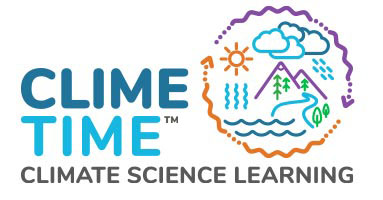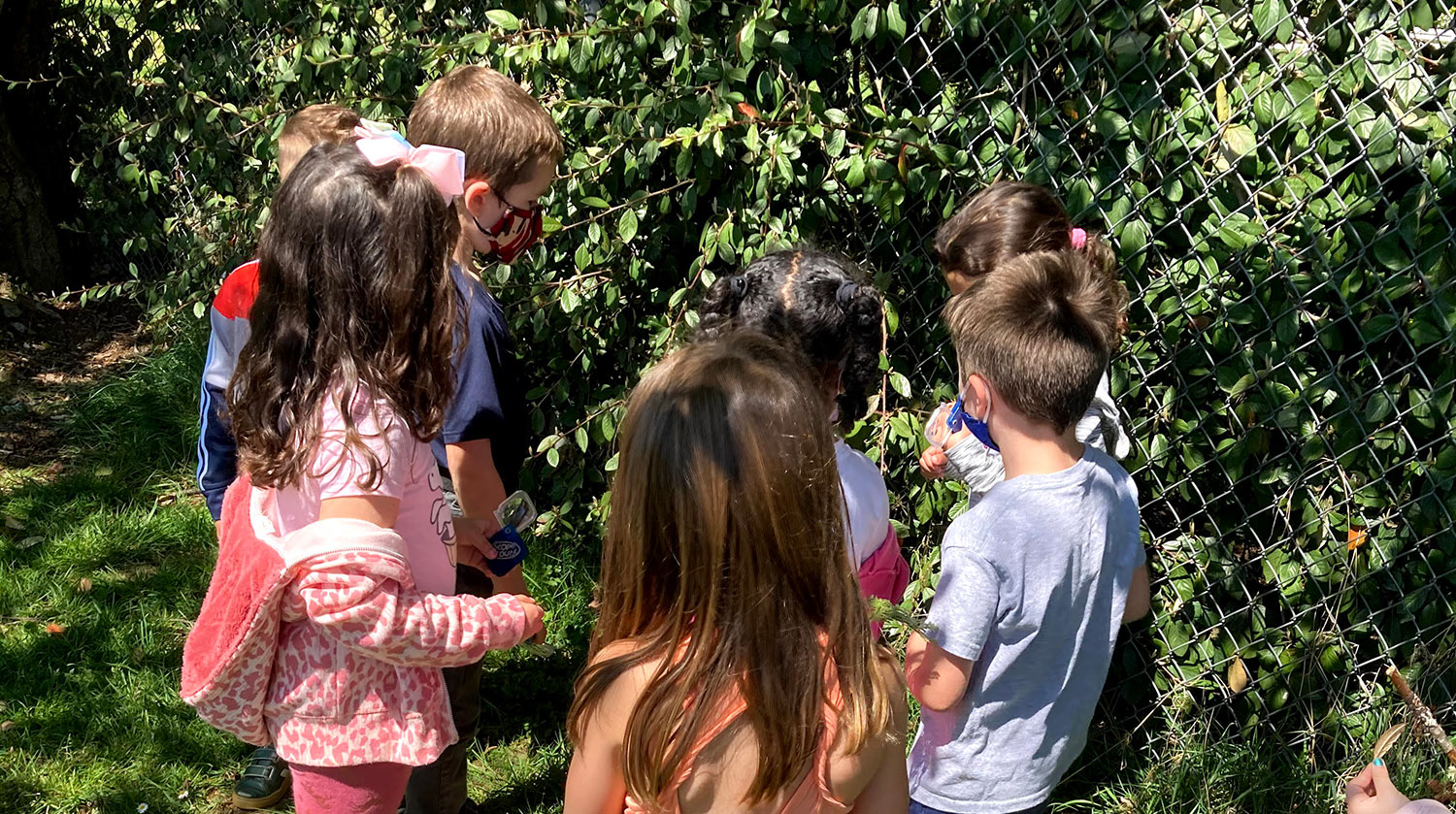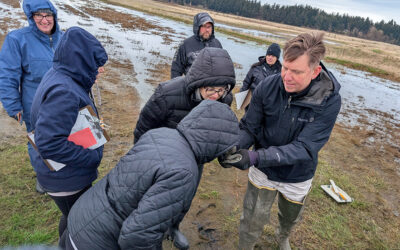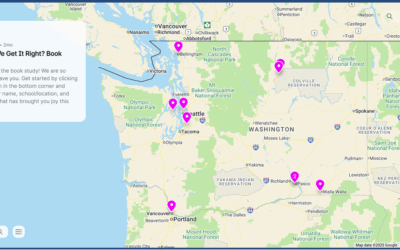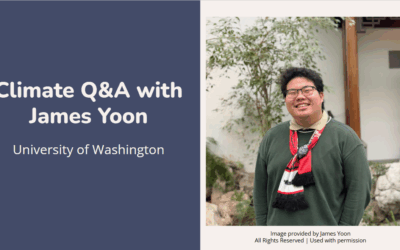Teaching climate change to younger students can be challenging due to its complexity.
In response to this challenge, Aubrei McGinn Pallini, a kindergarten teacher at Cathcart Elementary in south Snohomish County, sought assistance to integrate science and climate education into her lessons in a way that would be accessible for her young students.
Aubrei joined EarthGen’s Climate Justice League (CJL) to expand her knowledge of science and climate education. “A lot of it gets left out a lot in teacher training, and a lot of people don’t get science training when they get their credentials,” said Aubrei. She appreciated that the resources she received during her CJL experience were adaptable. Aubrei shared, “I can actually take the materials and say, ‘What do my kids, this specific year, this specific class, what are they going to gain from it?'”
Inspired by the classroom resources provided by EarthGen, Aubrei started with concepts familiar to the students, such as exploring their local environment through nature walks and making connections as they learned about native plants and their role in ecosystems. “At first, it was more about preservation and the things we can do to help in our local environment. Piggybacking on that, we’re getting more into climate change,” said Aubrei.
To deepen her learning and to better manage the emotions that can arise during conversations about climate change, Aubrei enrolled in EarthGen’s Climate Grief and Creative Expression training . This training teaches teachers how to incorporate social-emotional learning and art into climate education to help students connect with the concepts better.
Aubrei found that connecting climate change to art with materials like Terra Nostra, a multimedia symphony about climate change, encouraged her to introduce climate topics to her students more directly. The hands-on and experiential materials are “a way that I can teach the actual science to the kids in a way they are engaged with, and it’s gotten me more excited about the things that five- and six-year-olds can do for the planet.”
Because this is her first time teaching climate change and her students are so young, after each lesson Aubrei evaluates the students response and then adapts as needed. “Once I do it with my class, I try to start breaking it out into pieces that the other kindergarten classes can use as well.” Eventually, all the kindergarten classes at Cathcart Elementary will be learning about climate change. Aubrei shared that she would not have even considered teaching climate change to kindergarten students if she had not taken EarthGen’s training. Visit the EarthGen website for information on more training opportunities.
